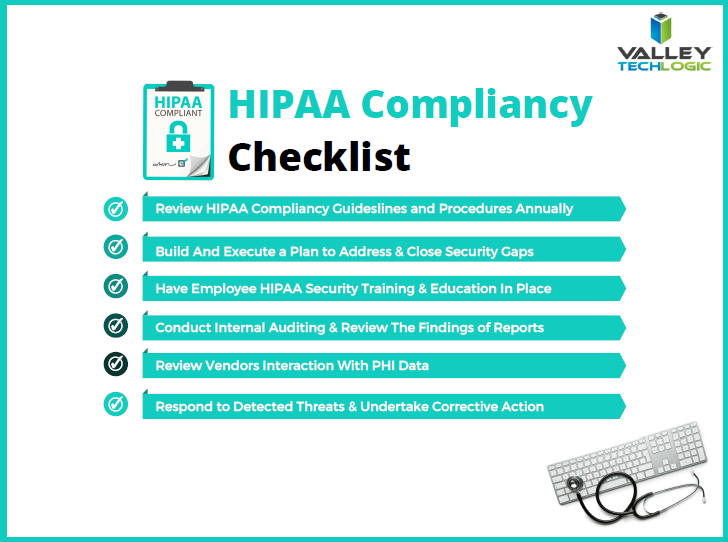HIPAA (which was enacted on August 21, 1996) is not a new topic for healthcare providers and those who handle Protected Healthcare Information (PHI), yet many healthcare providers still do not meet the target goals assigned by the program to prevent a data breach that could devastate their business.
That may be due to the cost and complexity that surrounds meeting all of the necessary components of HIPAA. It’s estimated the actual costs of HIPAA compliancy are around $8.3 billion per year. For physicians, they can be looking to spend $35,000 a year to meet the technology requirements alone.
When you look at the numbers, it’s easy to see why many healthcare providers would simply choose to roll the dice under the assumption there’s only a small chance their business would ever be affected by a breach or cyberattack. We’re here to tell you, that’s really not a good idea.
Patient records and other PHI data is some of the most valuable data available on the Dark Web, with patient records averaging $250 to $1000 each. That means even a small doctors office may be sitting on hundreds of thousands of dollars’ worth of data to would be cyber criminals.
These records are then used to create credible profiles for criminals such as drug traffickers, who use them to purchase prescription medications under your client’s identity (while also having your clients’ personal details, such as where they live). This means a breach would not only be a risk to your business but also equals a risk to your client’s safety.
We know no provider would willingly put their client’s health and safety in jeopardy, it’s antithetical to the oaths that healthcare workers commit to as they launch into their chosen profession. Knowing the risks involved doesn’t make the hurdles associated with implementing HIPAA effectively in your business any less daunting. That’s why we’re here to help, below is the checklist with the six most effective measures you can implement in 2022 to bring your business to HIPAA compliancy.
Many of those items are not difficult to implement even sooner, such as security awareness training (the number one cause of data breaches is human error).
Reviewing the way your vendors handle PHI data and obtaining confirmation that they’re protecting things on their end is also as simple as making some phone calls.
For other items, such as an annual HIPAA checkup it may be best to have a technology partner that can help you not only address your current HIPAA concerns but also a path forward that includes accessible goals for your business.
If you’re in the Central Valley, Valley Techlogic can be that partner. Many of our clients are in the healthcare sector, and we have helped them establish their compliancy with HIPAA and have helped them maintain it going forward.
We have over a decade of experience with the topic of cybersecurity and can apply our tools and knowledge directly to your business under one of our easy to budget for inclusive monthly plans. Schedule a quick call to learn more about how we can help your business be HIPAA compliant in the new year.
Looking for more to read? We suggest these other articles from our site.
-
Hackers and the holidays, US government warns ransomware doesn’t take days off
-
Microsoft 365 and Office 365 prices are going up, when and by how much?
-
Can you spot the phishing clues? And 10 tips to avoid falling for a phishing scam
-
The average cost of hiring IT support staff examined
This article was powered by Valley TechLogic, IT service provider in Atwater, CA. You can find more information at https://www.valleytechlogic.com/ or on Facebook at https://www.facebook.com/valleytechlogic/ . Follow us on Twitter at https://twitter.com/valleytechlogic.




You must be logged in to post a comment.